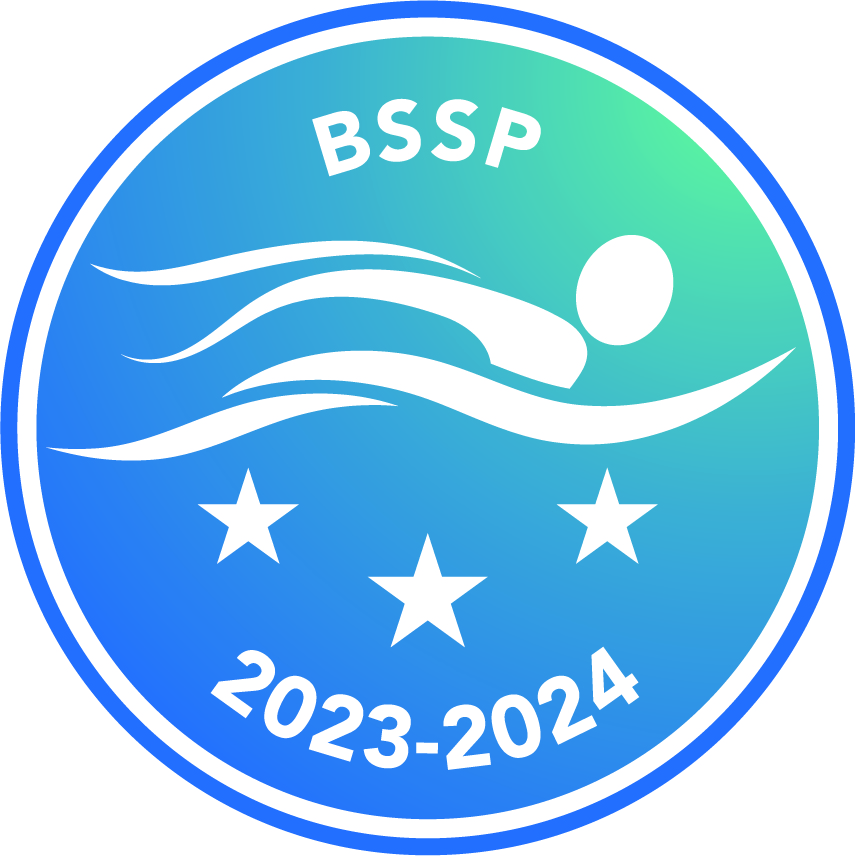DT
Intent
All pupils at The Downley School are immersed in a carefully crafted Design and Technology curriculum that is broad and balanced. This encourages all pupils to become resilient, lifelong learners, whatever their starting point or ability.
Our Design and Technology curriculum enables pupils to learn, grow and succeed together and is underpinned by our six values:
Respect
- Children will show an appreciation and respect while critiquing, evaluating and testing their ideas and products and the work of others.
- Children will respect that there are a wide variety of ways to approach designing, making and testing different prototypes.
Resilience
- Pupils are resilient learners and learn from their mistakes; they approach Design and Technology with a growth mindset.
- Pupils will be given the space to try a different approach when something isn’t working.
Teamwork
- Children will be provided the opportunity to work in pairs/groups for planning, designing, testing and problem-solving during DT lessons.
- Children will be encouraged to share their work, whether by taking them home, sharing photos via Dojo or doing walk-throughs with their peers in the other class.
Inclusion
- All children are invited to participate in DT lessons.
- Adaptations and scaffolding are available in all processes of making something. To help all children achieve success.
Responsibility
- Children will be taught how to correctly use and care for any resources before they are used for any projects.
- Children will demonstrate an understanding of skills in order to design and make high-quality prototypes and products while taking responsibility for the resources being used.
Integrity
- Children will be presented with many different ways to achieve the final product and given the space to explore which materials will be most suitable.
- Children will develop the creative, technical and practical expertise needed to perform everyday tasks confidently and to participate successfully in an increasingly technological world.
Implementation
Our high quality Design and Technology curriculum has clear progression and learning is carefully sequenced, built on and revisited. Lessons are planned to deepen pupils’ knowledge and skills, for future learning and employment as a designer, creator, and entrepreneur.
Design and Technology is timetabled for every second half-term to ensure an evenly distributed curriculum and ensure resources can be sourced and will be utilised fully for each year group. Design and Technology is taught using four subheadings: Design, Make, Evaluate and Technical Knowledge to ensure that children have a full understanding of the processes of making something.
Within Design and technology, pupils respond to design briefs and scenarios that require consideration of the needs of others, developing their skills in the six key areas (Cooking and nutrition, mechanical systems, structures, textiles, electrical systems and digital world).
Each of our key areas follows the design process (design, make and evaluate) and has a particular theme and focuses on the technical knowledge or cooking and nutrition section of the curriculum. The Kapow Primary scheme is a spiral curriculum, with key areas revisited again and again with increasing complexity, allowing pupils to revisit and build on their previous learning.
Lessons incorporate a range of teaching strategies from independent tasks, paired and group work, including practical hands-on, computer-based and inventive tasks. This variety means that lessons are engaging and appeal to those with a variety of learning styles. Differentiated guidance is available for every lesson to ensure that lessons can be accessed by all pupils and opportunities to stretch pupils’ learning are available when required. Knowledge organisers for each unit support pupils in building a foundation of factual knowledge by encouraging recall of key facts and vocabulary.
Teachers use assessment to help learners embed and use knowledge fluently, to check understanding, address misconceptions, and inform teaching.
The impact of Kapow Primary’s scheme can be constantly monitored through both formative and summative assessment opportunities. Each lesson includes guidance to support teachers in assessing pupils against the learning objectives. Furthermore, each unit has a unit quiz and knowledge catcher which can be used at the start and/ or end of the unit. After the implementation of Kapow Primary Design and technology, pupils should leave school equipped with a range of skills to enable them to succeed in their secondary education and be innovative and resourceful members of society.
Impact
Pupils leave The Downley School with a deep understanding of the academic content of the Design and Technology curriculum. They know more, remember more and can do more; they are prepared for their future aspirations as a designer, creator and entrepreneur.
The expected impact of following the Kapow Primary Design and technology scheme of work is that children will:
- Understand the functional and aesthetic properties of a range of materials and resources.
- Understand how to use and combine tools to carry out different processes for shaping, decorating, and manufacturing products.
- Build and apply a repertoire of skills, knowledge and understanding to produce high quality, innovative outcomes, including models, prototypes, CAD, and products to fulfil the needs of users, clients, and scenarios.
- Understand and apply the principles of healthy eating, diets, and recipes, including key processes, food groups and cooking equipment.
- Have an appreciation for key individuals, inventions, and events in history and of today that impact our world.
- Recognise where our decisions can impact the wider world in terms of community, social and environmental issues.
- Self-evaluate and reflect on learning at different stages and identify areas to improve.
- Meet the end of key stage expectations outlined in the National curriculum for Design and technology.
- Meet the end of key stage expectations outlined in the National curriculum for Computing.
They understand that when we learn together, we grow together and succeed together.





